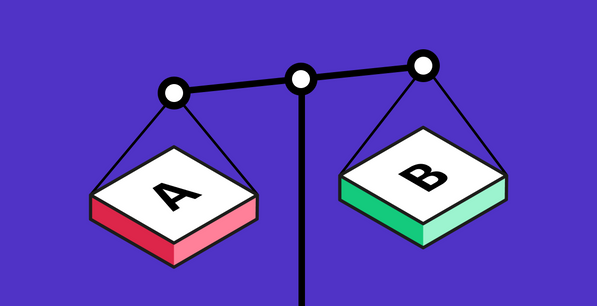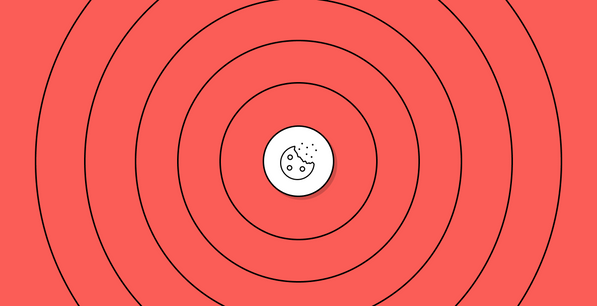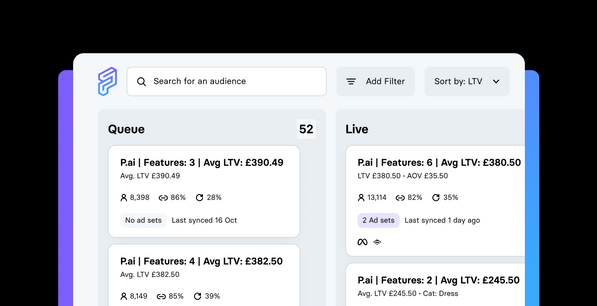 We’re back! This time we’re covering Activation.
We’re back! This time we’re covering Activation.
If you’ve been following this series by now you’ll know we leverage all of your rich first-party data with machine learning techniques to predict an array of things about the immediate and long-term future, customer by customer.
Now we’re moving into the ‘so what?’ section. Over the next several chapters we’ll cover how Programmai helps to influence customer & business outcomes by synchronising your new customer predictions to channel end-points for activation — creating a wealth of value.
As always, let’s break it down — but FAQ style:
- What is activation & where can one activate?
- Can/will you do more than synchronise customer predictions?
- What are your recipes for success, or the levers I can pull on?
- How do you prove your worth?
Activation, eh?
Activation, in the context of paid advertising, simply means to use a piece of data when making a decision to place an ad.
Whilst Programmai’s customer predictions can be used in non-paid channels we still think of ourselves as being activated through your existing vendor technologies, since we aren’t trying to replace them.
Today we synchronise with your Paid Search, Paid Social, Programmatic & E-mailchannels. These will be covered separately in standalone articles for those with a preference.
Synchronising, but what else?
I’m glad you asked! You didn’t, I did. But play along.
We ensure your customer predictions are synchronised to the places where you wish to take action. In the context of the big two; FB & Google, we’ll utilise their custom audience API to automate this process.
For some this might be where we bow out, that’ll depend on any in-house expertise or agency relationship in place. But for others, we can guide on the best practices to drive customer & business outcomes by channel—
We call this Recipes.
It’s important to start with defining success, is it: Sales? Revenue? Return on Ad Spend? Cost of Acquisition? Or something deeper, like Incrementality? Usually at this point the response I get is, “all of the above, Dean”.
Well, let me give you an example of a recipe:
Increase ‘Return on Ad Spend’ and decrease ‘Cost per Acquisition’
Note: this is a marketing goal, not a customer goal — but that’s okay.
Our recipe for this might be to select consumers with a mid-to-high Purchase Propensityscore, who carry a healthy expected revenue. This keeps targeting tight and delivers on the above goal, ignoring any consumers outside of that deemed unfit for this goal.
Now let’s look at another example of a recipe:
Increase ‘Second Purchases’
Note: this is a customer or business goal — now we’re cooking!
Our recipe for this might be to select consumers with a mid-to-high Customer Lifetime Value who aren’t currently predicted to purchase in the next 30 days. This allows for organic second purchases to happen and targets those requiring a nudge to stimulate a second purchase journey.
Gimmie levers to pull!
Often, machine learning is best left unsupervised. So we don’t have that many levers to pull regarding the models themselves…
We do let you control how we select consumers though. Much like the recipes for success, you may want to synchronise a particular predictive custom audience to an end-point for a specific piece of activity.
Let’s imagine you wish to run a discount code to achieve a revenue target, you may ask Programmai to select for consumers with a low Purchase Propensity and a high Churn Risk, whom in the past have responded to a promotion.
This would be all you. Your wish; our command.
Prove yourself to me
Our mission is to make marketing positively influence outcomes, not game them.
If we’re going to measure ourselves against this statement. We need to ensure we’re creating incremental value for our clients & partners.
To do this, we use control-group theory.
We want to prove that our customer predictions, when used right, can vastly improve efficiency as well as redirect some effort towards stimulating and yielding incremental return.
To that end, we’ll create & manage control groups for you. These allow us to do two things:
- Demonstrate the accuracy of our predictions (and self-improve)
- Demonstrate uplift when activating our predictions (and delight!)
We’re now at a level of confidence in both of these areas that we believe you’ll see meaningful return on your Programmai investment within 30 days.
Throw us a challenge!
Coming up next, we rest our attention on Paid Social.
Stay tuned.


